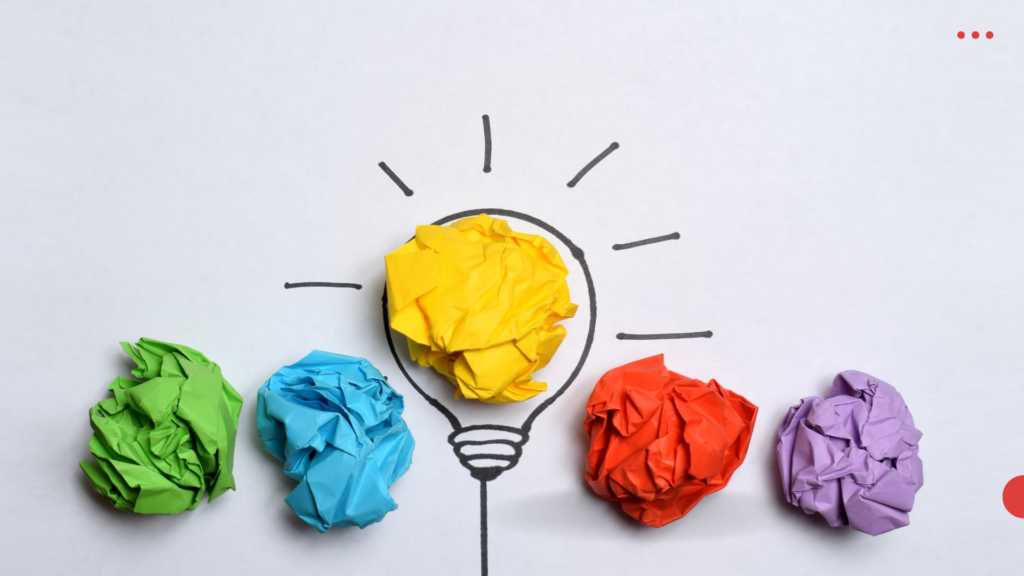
Culture and Ideas are connecting world, the wealth of culture and ideas available to us is more accessible than ever. Today, learners have the opportunity to explore culture and ideas traditions, innovations, and perspectives from every corner of the globe, enriching their understanding of the world and fueling creativity.
Embracing Global Diversity
Culture and Ideas is not confined by borders; rather, it transcends geographical limits, and ideas truly flourish when diverse voices come together. Whether it’s exploring traditional art forms in one country or delving into innovative technologies in another, every culture and ideas offers unique insights that significantly expand our collective knowledge. By embracing this global diversity, educators and learners alike can break down stereotypes and celebrate the richness of human experience. Furthermore, such an inclusive approach not only fosters mutual respect but also encourages collaborative creativity. This vibrant culture and ideas exchange of traditions, values, and modern innovations paves the way for more dynamic learning environments where every individual’s perspective is valued. Ultimately, as we weave together these varied cultural threads, we create a tapestry of understanding that prepares us to navigate an increasingly interconnected world with empathy, open-mindedness, and a shared commitment to progress.
A Mosaic of Perspectives
Every corner of the world contributes a distinct piece to the mosaic of global culture. These diverse perspectives challenge us to think critically and inspire innovative solutions to common challenges. For example, integrating international case studies into the curriculum exposes students to different problem-solving approaches, helping them to appreciate how varied cultural experiences shape ideas. This broadened perspective not only enhances academic learning but also prepares students for success in an interconnected world.
Connecting Through Cultural Exchange
Digital platforms and virtual communities have made it easier than ever to connect with people from different backgrounds. Social media, online forums, and video conferencing tools enable cultural exchange on a scale previously unimaginable. These connections encourage collaborative projects where learners share insights from their own cultures, enriching the educational experience for everyone involved. In doing so, global conversations spark creative thinking and nurture mutual respect.
Soft Skills vs. Hard Skills in a Global Context

In today’s educational landscape, the debate between soft skills vs. hard skills is more relevant than ever. While hard skills such as technical proficiency and subject-specific knowledge are crucial, soft skills like communication, empathy, and adaptability often determine long-term success. Cultural exchange naturally enhances soft skills by exposing students to diverse perspectives and teaching them to navigate complex social interactions. This holistic development, which blends cultural insights with technical expertise, prepares learners to thrive in a globalized workforce where both soft skills and hard skills are valued.
Learning Beyond Borders
When educational institutions incorporate global cultures and ideas into their programs, learning extends far beyond textbooks. International partnerships, cultural exchange programs, and virtual field trips offer immersive experiences that connect classroom theories with real-world applications. This approach not only enhances understanding but also fosters a spirit of curiosity and lifelong learning.
Inspiring Innovation
Ideas from every corner of the world drive innovation by offering fresh perspectives and unconventional solutions. By studying diverse cultural narratives, students can challenge established norms and think creatively about modern challenges. This innovative mindset is critical in today’s fast-paced society, where the ability to adapt and think outside the box is highly valued in every field.
Conclusion
Culture and ideas from every corner serve as a reminder that our world is a vibrant tapestry of diverse traditions and innovative thoughts. Embracing this diversity enriches our learning, fuels creativity, and cultivates a more inclusive and empathetic global community. Moreover, by addressing the balance of soft skills vs. hard skills through cultural exchange, educators prepare students for both technical success and interpersonal excellence. As we continue to connect and collaborate across borders, the power of global cultural exchange will undoubtedly shape a brighter, more innovative future for all.